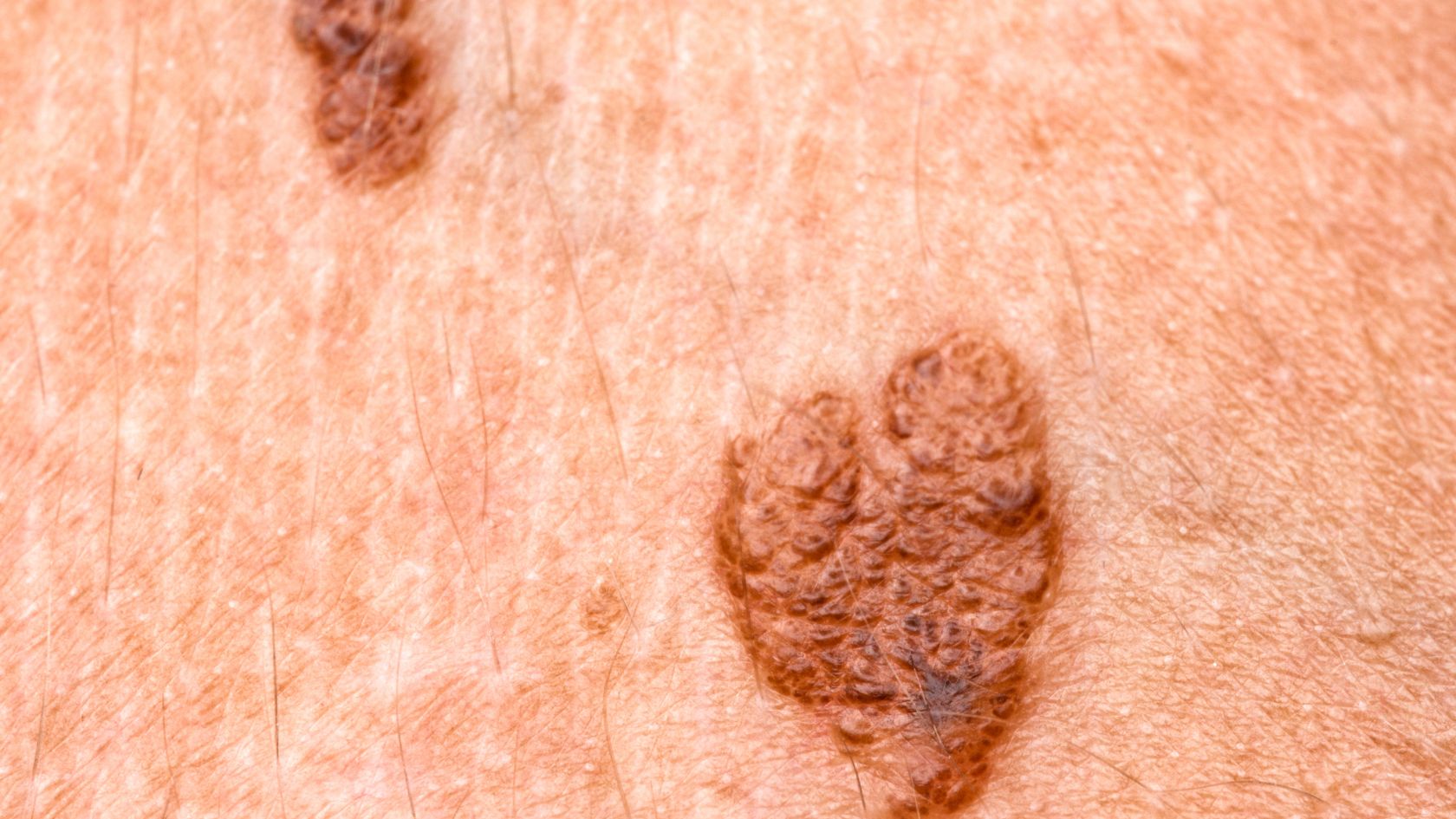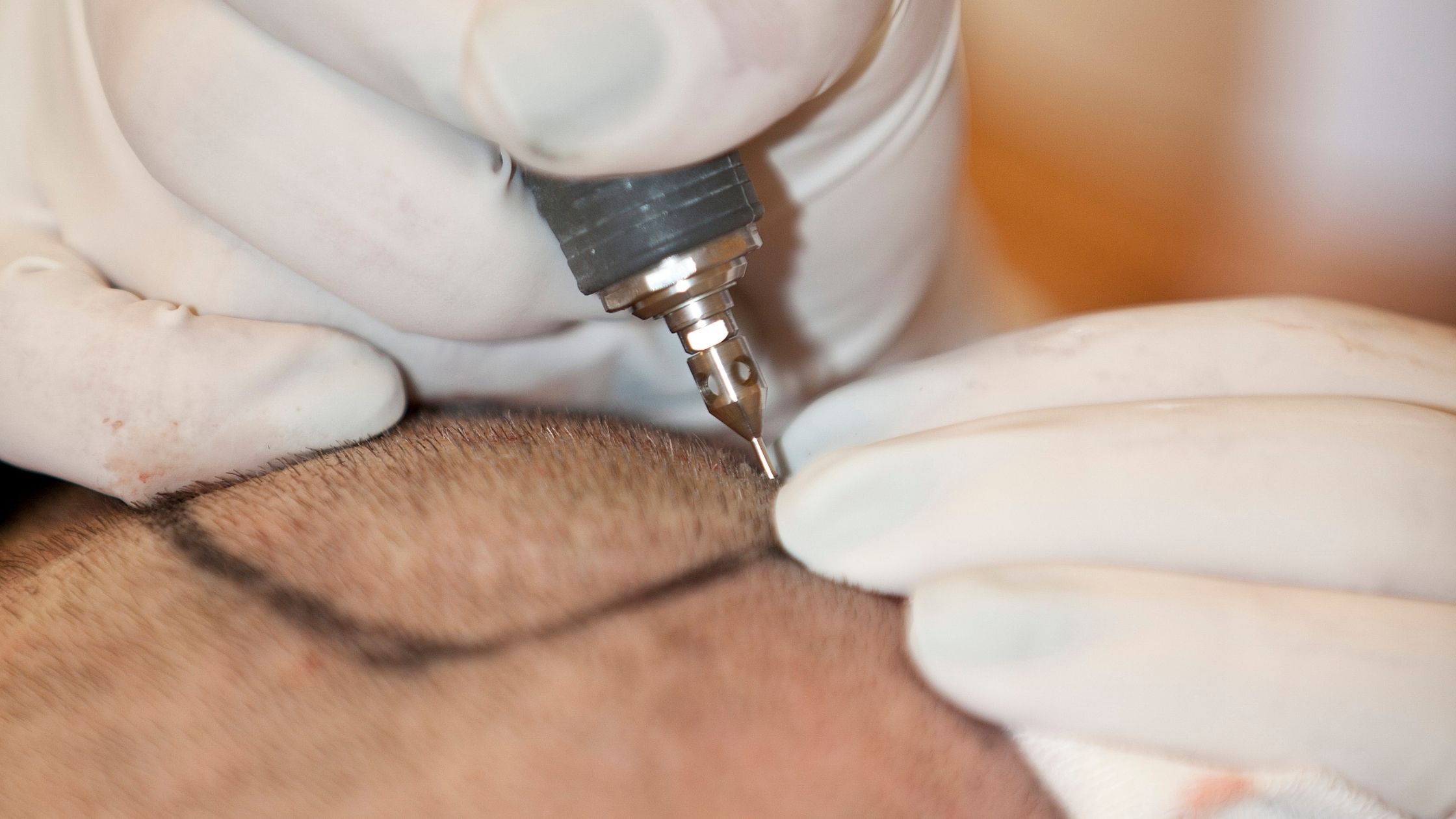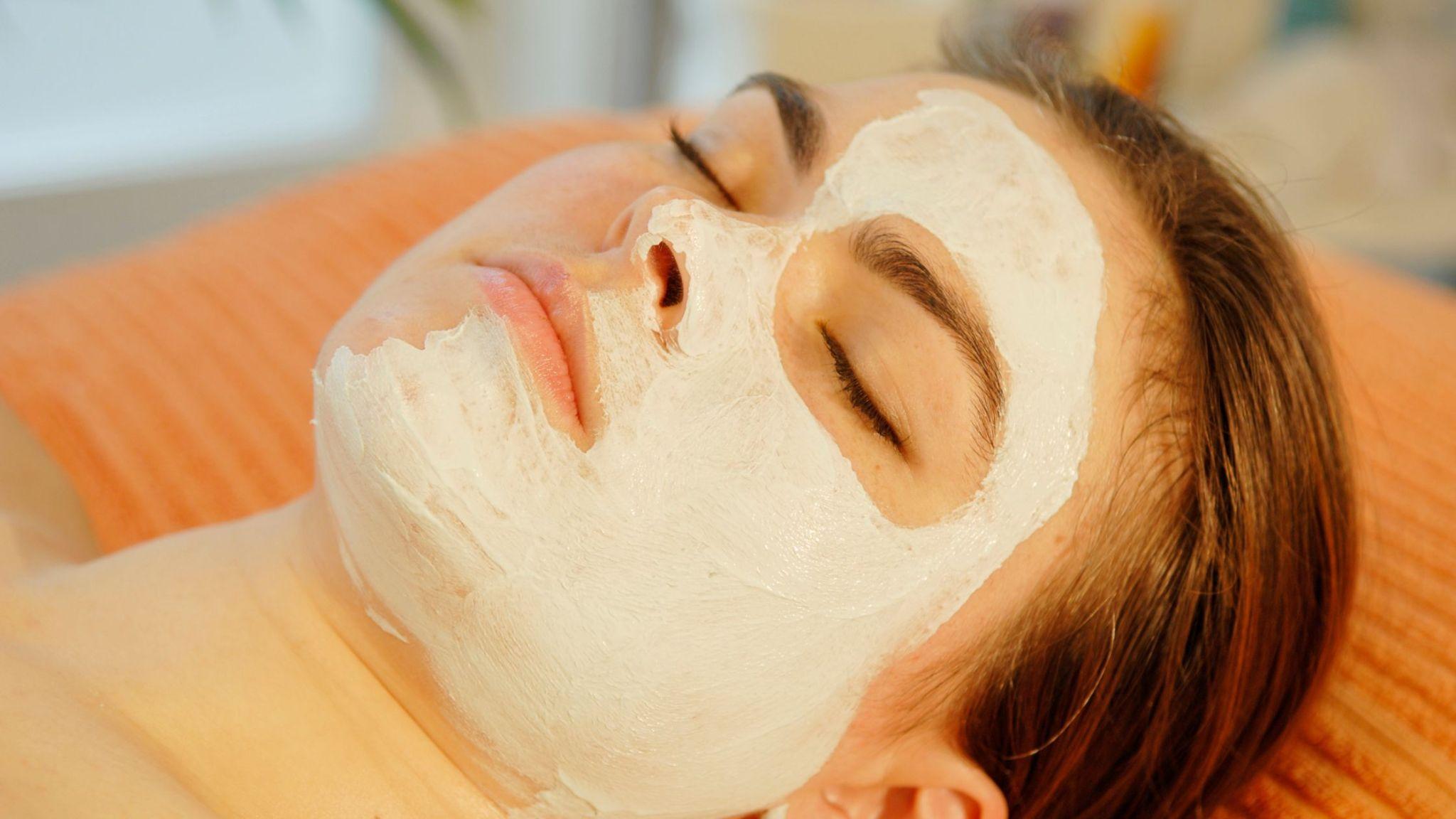Now, if you ask us what the different causes of hair loss are, we might not have one definite answer for you. Previously, only hereditary was the main cause of hair loss. But today, the rampant increase in pollution and human hair coming in regular contact with numerous toxic substances also leads to hair loss.
Thankfully, medical science has also experienced tremendous growth in the same period, leading to various new treatments and medications that help stop or slow down hair loss.
But this post is all about alopecia and its different types. Let’s begin by understanding what’s alopecia.
What is Alopecia?
Alopecia is the medical term for hair loss. This can occur as a patchy hairloss or a diffuse hairloss where hairfall occurs from all over the scalp. In some cases along with fall, hair thinning occurs which can lead to balding. There are various causes for alopecia which are discussed below.
According to the American Academy of Dermatology (AAD), an average human loses anywhere between 50 to 100 strands of hairs a day. However, it won’t be noticeable for a normal person as the lost hair is normally replaced with new hair. But when the pace of hair loss is more than the pace of hair growth, that’s when the problem starts.
In 9 out of 10 cases, alopecia is a condition leading to hair falling from the scalp, but sometimes it can also lead to hair falling from the face, eyebrows, and eyelashes.
What are the symptoms of Alopecia?
If you are suffering from alopecia, you will be having significant hairloss. You might also experience the following symptoms –
- Receding hairline: If you notice that your hairline is becoming higher than normal, it could be alopecia.
- Bald Patches: If you notice closely, you might find small bald patches on your head. They can be in various sizes and would grow over time. This also signals alopecia.
- Itching or Pain: Sometimes, alopecia is caused due to underlying skin conditions. You will know this if you experience pain or itching on your scalp.
- Widening Part: While parting your hair, you might notice the partition getting wider. This can also be a symptom of alopecia.
Other ways to check include –
- Clogged sinks: Since Alopecia is harder to notice in the beginning stages, one thing you can look out for is your sinks or shower drains. If they accumulate hair faster than normal and clog the hole, it might be an indicator to visit the dermatologist for alopecia.
- Loose hair: Check the comb or brush that you use. If they are collecting more hair than usual, it is a sign of alopecia.
Alopecia can be a temporary or a permanent problem if left unattended for long. So if you witness any of the above symptoms, it is best to consult a dermatologist at the earliest as treating alopecia in the beginning stages can reverse the condition.
Types of Alopecia
Androgenic Alopecia
This is nothing but your hereditary type of hair loss. This is the most common type of alopecia and has been estimated to affect more than 50% of people.
Androgenic Alopecia tends to happen gradually. Some people may experience hair loss during puberty, while others might not notice the symptoms until they hit middle ages.
For males experiencing androgenic alopecia, the hair loss typically starts from thinning of hair at the crown of the head followed by progressive hair loss above the temple, thus creating an ‘M’ Shape.
Anagen effluvium
Anagen effluvium hair loss is usually temporary. However, the person suffering from this type of alopecia will experience rapid hair loss. The primary cause of Anagen Effluvium is chemotherapy and radiation treatment. So, patients with cancer experience this condition. The good thing is – hair would regrow once the treatment is completed.
Tinea Capitis
It is also known as the ringworm of the scalp. Tinea capitis is a fungal infection that affects the hair shaft and the scalp. Typical symptoms include small patches in the head that are itchy and scaly. Sometimes it can be present as painful swelling studded with papules. As time progresses, the size of these patches will increase. Tinea Capitis is a treatable condition using antifungal medications.
Alopecia Areata
In Alopecia Areata, your hair follicles are attacked by your immune system. In other words, it is an autoimmune condition that triggers a bodily reaction. As a result of this, it can also lead to patchy or sometimes in severe cases total hair loss. People with alopecia areata, apart from experiencing hair loss in the scalp, also experience hair loss in eyelashes, eyebrows, and other parts of the body.
Telogen effluvium
People who have experienced a traumatic event, serious illness, or extreme stress can experience sudden hair loss due to physical and emotional shock. This condition is known as Telogen effluvium. It can be caused due to various factors like –
- Childbirth
- Malnutrition
- Starting or stopping hormonal birth control
- Pregnancy
- Menopause
- Certain endocrine disorders
It can also be caused due to various types of medication like –
- Anticonvulsants
- Beta-Blockers
- Thyroid medications
- Anticoagulants
- Oral retinoids
Wrapping Up
There was a time when alopecia didn’t have any cure. But that’s not the case anymore. At Renu’s clinic, we have numerous treatments to reverse your alopecia conditions. If you start experiencing any symptoms of hair loss, it is recommended to visit us. We will identify the condition of the hair loss and offer you the best treatment based on the magnitude of the hair loss. To book an appointment with us, click here.












